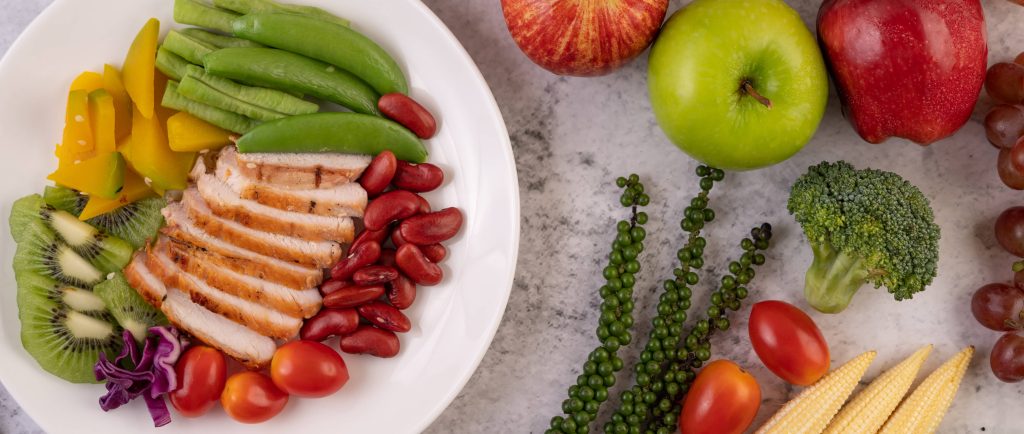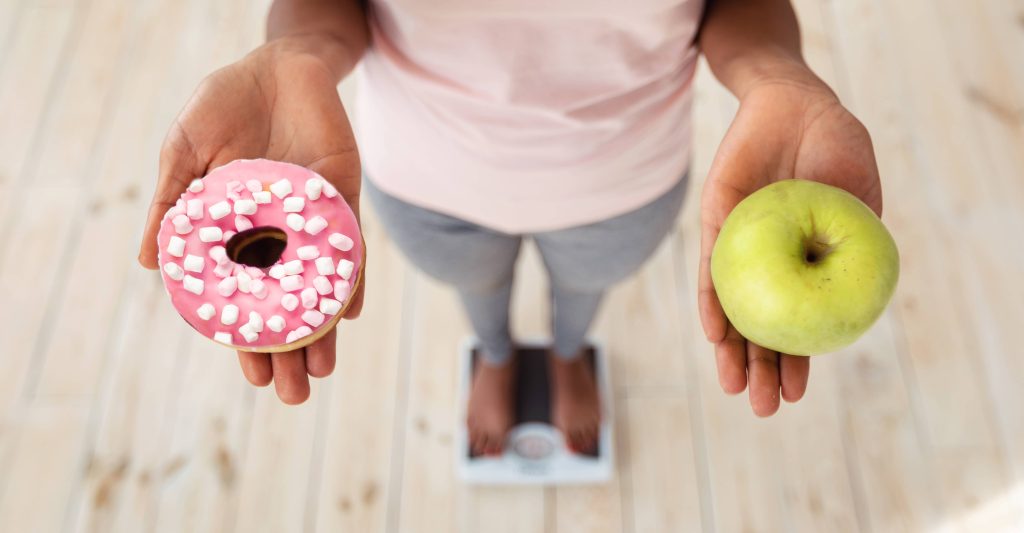
Baking at home is often associated with indulgence—decadent cakes, buttery pastries, and sugary treats that tantalize the taste buds. However, with a few thoughtful tweaks and ingredient swaps, baking can become a healthy addition to your lifestyle. Whether you’re new to the kitchen or a seasoned baker seeking healthier options, understanding the essentials of healthy baking is crucial. Let this beginner’s guide show you how to bake deliciously and nutritiously.
1. The Beauty of Whole Grains
One of the simplest changes you can make in your baking routine is swapping refined white flour for whole-grain alternatives. While all-purpose flour is stripped of its natural nutrients and fiber during processing, whole-grain flours like whole wheat, spelt, and oat retain their nutritional goodness. They add heartiness, nuttier flavors, and a boost of fiber, aiding in digestion and providing longer-lasting energy.
Experiment with ratios; if you’re not ready to go all-in, try a 50-50 mix to maintain a texture closer to traditional recipes. As you get accustomed to the taste and texture, gradually increase the amount of whole grain in your recipes.
2. Sweetening the Right Way
Sugar is baking’s classic villain when it comes to health. Fortunately, there are numerous natural sweeteners available that offer more than just sweetness. Honey, maple syrup, coconut sugar, and dates can add complexity and nutritional benefits without the sugar spikes associated with refined sugar.
While adjusting recipes, note that liquid sweeteners like honey or maple syrup add moisture, so you may need to decrease other liquids. Additionally, these alternatives can impart unique flavors—dates add caramel notes, while honey provides floral sweetness.
3. Embrace Healthy Fats
Traditional baking often relies on butter or margarine, both of which can be high in unhealthy saturated fats. Discover the versatility and health benefits of healthier fats like coconut oil, avocado, and nut butters. Olive oil, known for heart health, can also be a great substitute in savory baked goods or bread.
In recipes, replace butter with these alternatives in equal measure. If the recipe uses a cup of butter, use a cup of coconut oil or mashed avocado instead. These replacements can alter texture slightly but contribute to a more mindful and heart-healthy version of your baked goods.
4. Incorporate Natural Flavors
Rely on nature’s pantry for adding robust flavors to your baked creations. Vanilla extract, fresh or ground ginger, cinnamon, nutmeg, lemon zest, or cocoa powder can dramatically transform your recipes without extra calories. Using spices and extracts can enhance flavor profiles and allow you to reduce sugar and fats without sacrificing taste.
For a balance of flavors, consider using a combination of extracts and spices. A simple spice like cinnamon lends warmth, while a dash of almond extract can add a sweet and nutty depth.
5. Managing Moisture and Texture
In healthier baking, achieving the right texture can be challenging. However, using ingredients that naturally add moisture can help retain the soft, tender bite we all love. Incorporate mashed fruits like bananas, applesauce, or pumpkin puree. Besides moisture, they introduce additional nutrients and a richer taste.
These swaps can work wonders in cakes, muffins, and brownies. Remember, using fruit purees might reduce the need for added sweeteners, offering another avenue to decrease sugar while maintaining flavor.
6. Don’t Forget About Portion Control
While healthier ingredients can make your baked goods better for you, portion control remains essential. Baking often brings joy and comfort, and larger servings can inadvertently lead to consuming more sugar and calories than intended.
Consider baking mini versions of your favorite treats. Muffins, cupcakes, mini loafs, or even small batch desserts offer convenience and control. Not only are these fun to make, but they also help maintain moderation without feeling deprived.
7. Experiment and Enjoy the Process
Baking healthily is as much about the journey as it is about the destination. Allow yourself room to experiment and create. Use these guidelines as a starting point, but don’t be afraid to tweak recipes according to your taste and dietary needs.
Every oven, climate, and altitude can vary, affecting baking time and texture. Keep a journal or notes on your experimental bakes, noting what worked and what didn’t. Over time, you will develop an intuitive sense of what combinations work best for you.
8. Celebrate Progress Over Perfection
Finally, embrace the learning curve and celebrate each small success. With practice, you’ll find that healthier baking can be just as satisfying and enjoyable as traditional methods. Share your creations with family and friends, demonstrating that delicious and health-conscious baking can coexist beautifully.
In conclusion, while stepping into the realm of healthy baking might seem daunting at first, remember that every baking session is an opportunity to improve and refine your skills. Armed with these tips, set forth into your kitchen with confidence. Delight in the process of creating baked delights that nourish your body and soul, proving once again that healthy and tasty are truly meant to be.










